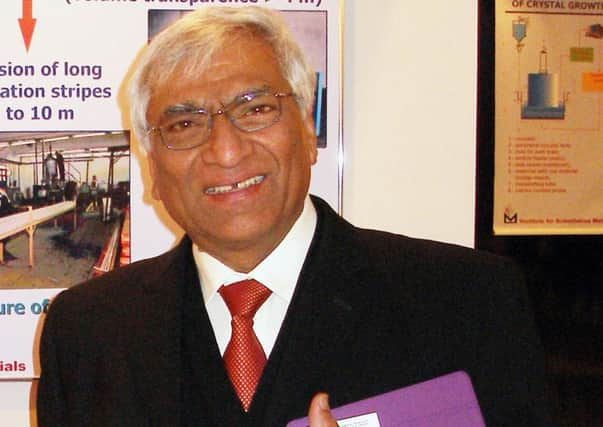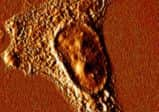Nanotechnology under microscope at Abertay Uni


A special lecture at Dundee’s Abertay University yesterday unveiled the secrets of nanotechnology.
Professor Ashok Adya, an expert in the fast-developing field, hosted a seminar on how nanotechnology affects people’s everyday lives.
Advertisement
Hide AdAdvertisement
Hide AdThe talk also explored the possibilities of nanotechnology for future research, and its use in everything from biotechnology to forensic science.


Ahead of Wednesday’s seminar, Professor Adya said: “Back in 1959, Richard Feynman - who won the Nobel Prize in Physics in 1965 - declared that it would one day be possible to fit 24 volumes of Encyclopaedia Britannica onto the head of a pin. He said this could be done in principle without violating any laws of physics, but in practice it wasn’t possible because we didn’t have the tools available to do it! People thought he was crazy. Indeed, even when I was a student, it just wasn’t possible to look at things on such a small scale. But this has now been done - as have many, many other things that it was once thought were impossible - thanks to nanotechnology.”
Prof Adya said that nanotechnology is already improving the early diagnosis and treatment of cancer patients. Researchers are also examining how nanotechnology could be utilised in fields such as agriculture, life sciences, biotechnology and forensics, he said.
“Everything around us has always existed on a nanoscale,” Prof Adya added, “it is just that it is only in the past 20 years that we have developed the techniques that enable us to view and manipulate things that are so small.
“To give you an idea of the scale at which we work, there are about 80,000 nm in the width of a single human hair. By comparison, a red blood cell is only about 7000 nm in diameter and DNA is smaller still, at only 2 nm across.”